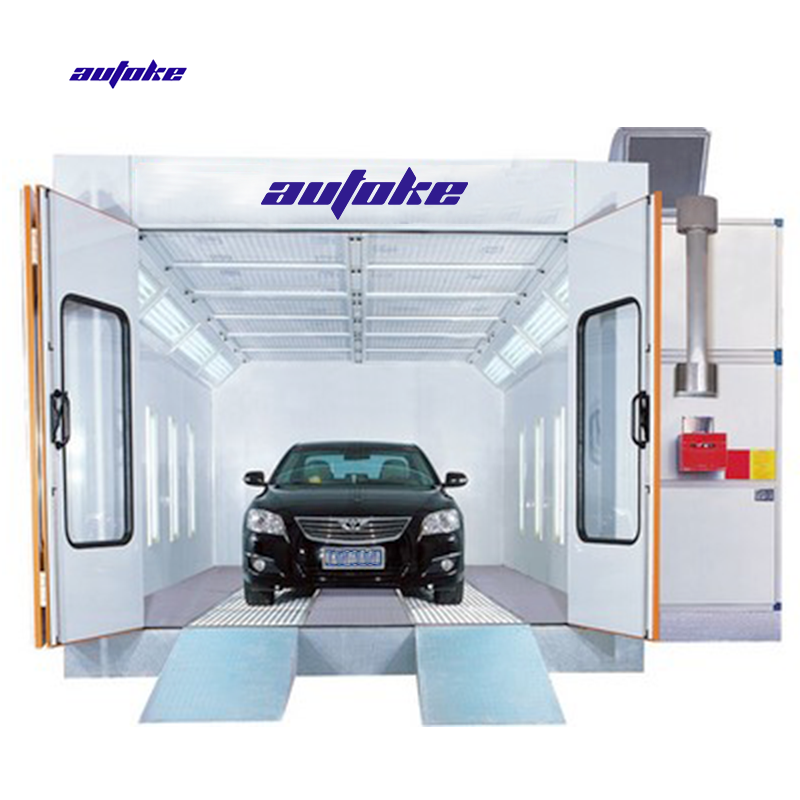When it comes to external plastering, choosing the right cement is crucial for ensuring durability, aesthetics, and long-lasting protection against weathering. With a plethora of options available in the market, it can be overwhelming to determine which cement is best suited for your specific needs. In this blog post, we will delve into the various types of cement used for external plastering and explore their unique properties, benefits, and applications. By the end, you will have a clear understanding of the best cement to achieve a flawless and resilient external plastering finish.
- Portland Cement:
Portland cement, known for its versatility and strength, is a popular choice for external plastering. Its composition, primarily consisting of limestone, clay, and gypsum, provides excellent bonding properties and resistance to moisture. Additionally, Portland cement offers exceptional durability, making it suitable for both residential and commercial applications. Its ability to withstand harsh weather conditions and maintain structural integrity over time makes it an ideal choice for external plastering projects. - White Cement:
If you desire a pristine and elegant external plastering finish, white cement is the go-to option. With its high degree of whiteness, this cement enhances the aesthetic appeal of exteriors, especially when combined with pigments to create various shades. White cement is also known for its low heat of hydration, reducing the risk of cracks and ensuring long-term durability. It is particularly suitable for buildings where aesthetics play a significant role, such as high-end residences, hotels, and commercial complexes. - Blended Cement:
Blended cement, a combination of Portland cement and supplementary cementitious materials like fly ash, slag, or silica fume, offers several advantages for external plastering. This type of cement enhances workability, reduces permeability, and improves resistance to chemical attacks and cracks. Blended cement also contributes to sustainable construction practices by utilizing industrial by-products, thereby reducing carbon emissions. Its versatility and eco-friendly nature make it an excellent choice for external plastering projects aiming for both performance and environmental responsibility. - Rapid Hardening Cement:
When time is of the essence, rapid hardening cement proves to be a valuable option for external plastering. This cement type gains strength at a faster rate than traditional cement, allowing for quicker completion of plastering projects. Its high early strength development and reduced curing time make it suitable for areas with time constraints or where plastering needs to be completed in adverse weather conditions. However, it is essential to follow the manufacturer's guidelines to ensure proper application and curing for optimal results.
Conclusion:
Selecting the best cement for external plastering is a critical decision that impacts the longevity, aesthetics, and performance of your building's exteriors. By considering factors such as durability, aesthetics, workability, and time constraints, you can make an informed choice. Whether it's the versatile Portland cement, elegant white cement, sustainable blended cement, or time-saving rapid hardening cement, each type offers unique benefits for external plastering projects. Remember to consult with professionals and adhere to industry best practices to achieve a flawless and long-lasting plastering finish.
